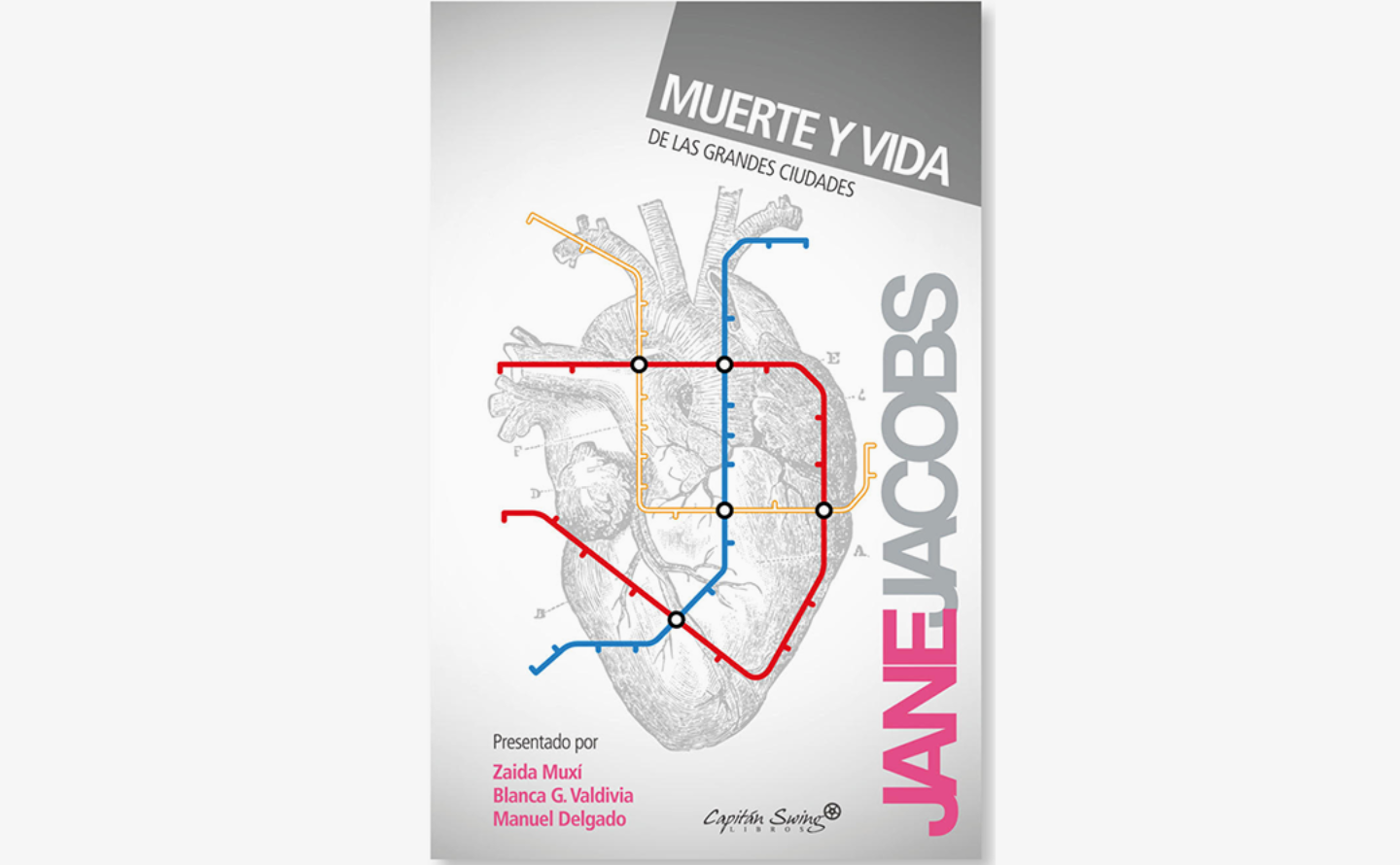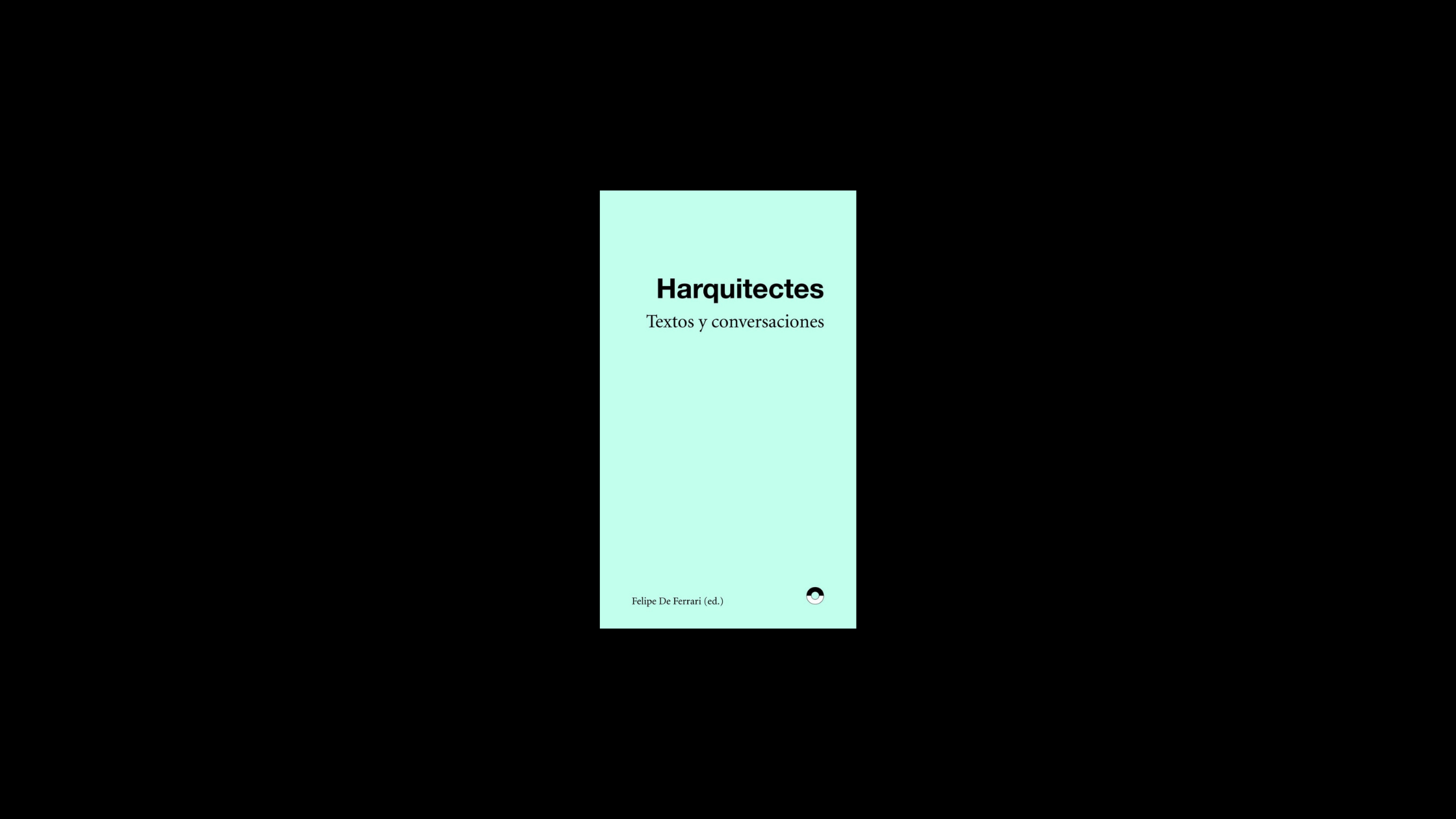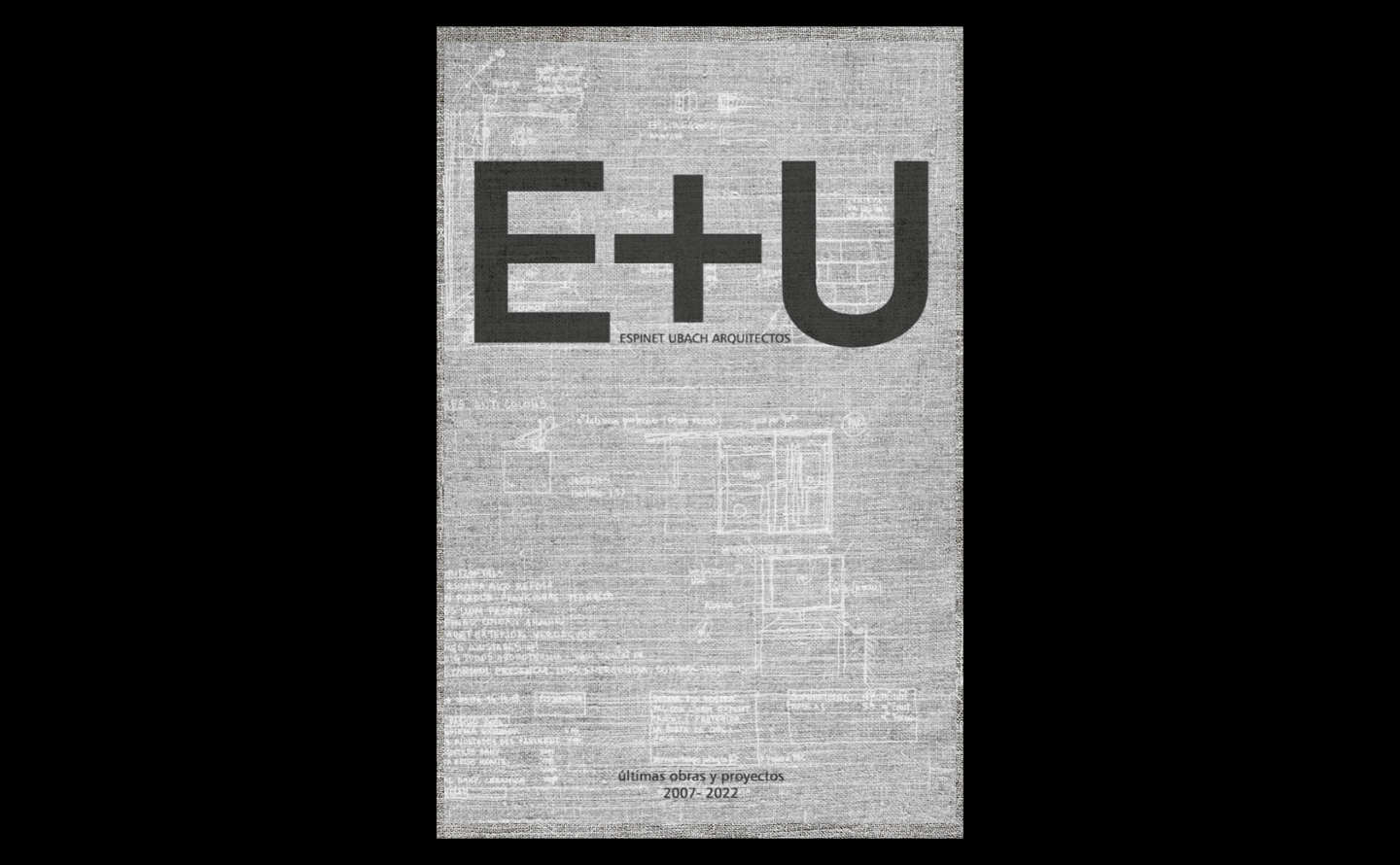This website uses cookies so that we can provide you with the best user experience possible. Cookie information is stored in your browser and performs functions such as recognising you when you return to our website and helping our team to understand which sections of the website you find most interesting and useful.
18:30
THE FULLÀ HOUSE. EVERYTHING WAS YET TO BE DONE AND EVERYTHING WAS
POSSIBLE
More info
Organitza
Centre Obert d’Arquitectura
Cooperativa Jordi Capell
Lloc
Sala d'actes
Plaça Nova, 5
Barcelona
Horari
A les 18.30 h
Preu
Free
Patrocinadors

Presentation of the book ‘The Fullà House. Everything was yet to be done and everything was possible’, by Ana Briongos, Lluís Clotet, Ramon Faura, Josep Maria Rovira and Oscar Tusquets.
Presentation by Lluís Clotet, architect, member of Studio PER and author of the Fullà House; Josep Mª Rovira, professor of History of Art at the Technical School of Architecture; Ramon Faura, professor and coordinator of the area of Social Sciences at Elisava School; and Llorenç Bonet, editor at Tenov.
‘The Fullà House. Everything was yet to be done and everything was possible’ is a monograph of an emblematic building by Studio PER which brings together drawings and ground plans of its architects, photographs of that time, an unpublished feature of its interiors, and current essays on architecture and the life that took place in it; from the very fine drawings of its architects to a poem by Joan Brossa and a photographic report by Oriol Maspons. It also includes some panels that Xavier Sust designed, following the manner of a postmodern Aby Warburg, to explain Clotet and Tusquets’ work and a panegyric that Anna Mª Moix wrote of the house under the pseudonym of the Count of Puigvalls vampire, inviting implicitly to other outsiders – zombies, werewolves and other supernatural beings with long hair – to live in this castle in Guinardó, Barcelona
The Fullà House (1970)
It was one of Studio PER’s first projects. Lluís Clotet and Oscar Tusquets expressed their intention that the architecture "favoured a libertarian type of social relationship" in the project’s report. This translated into mixing different types of housing with generous common spaces to ease the interaction between neighbours. The house did not turn people into libertarians, but it attracted some unconventional inhabitants and these simplexes, duplexes and triplexes were one of the focuses of Barcelona's counterculture.
Lluís Clotet and Oscar Tusquets tell a four-hand story, where they remember (like Georges Perec) how their careers began. Ramon Faura, architect and musician who tried (without succeeding) to put a piano in the Fullà House, establishes a relationship with the emergence of the computational world. Josep Mª Rovira, professor at the ETSAB and 5C resident for many years, explains the architectural culture of the time and the construction of the house, while Ana Briongos, writer, traveler and daughter of the builder, tells us about the life in these homes. This narrative is completed by José Hevia's photographic report, which shows the interiors of these exceptional flats for the first time.



